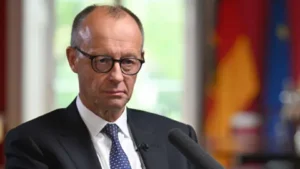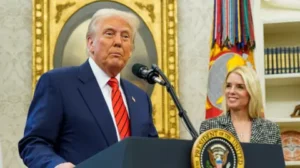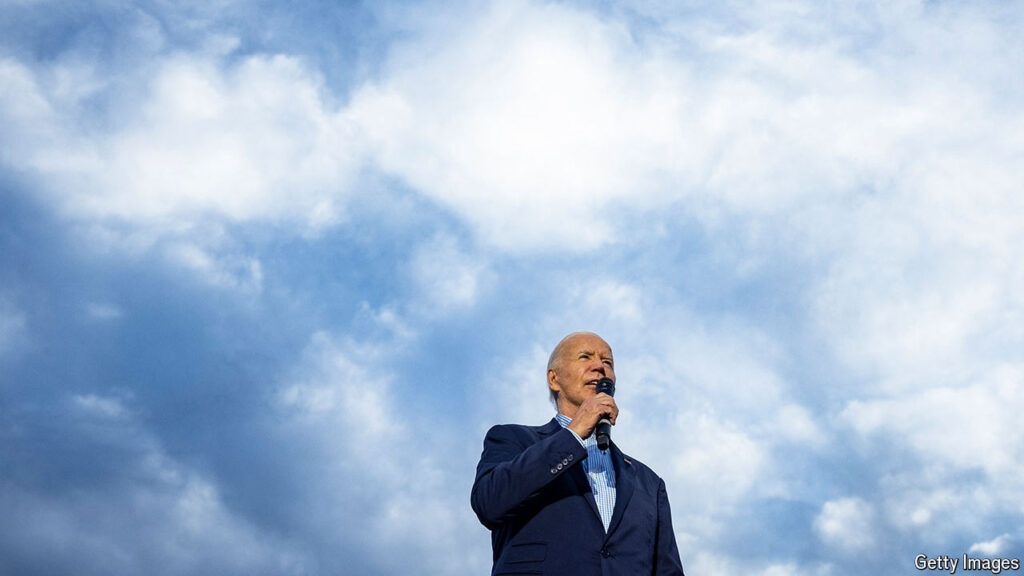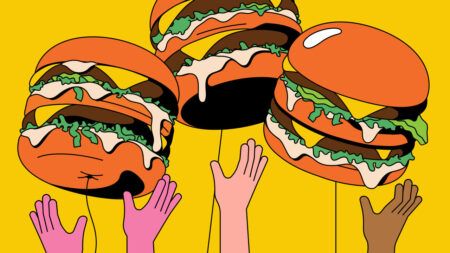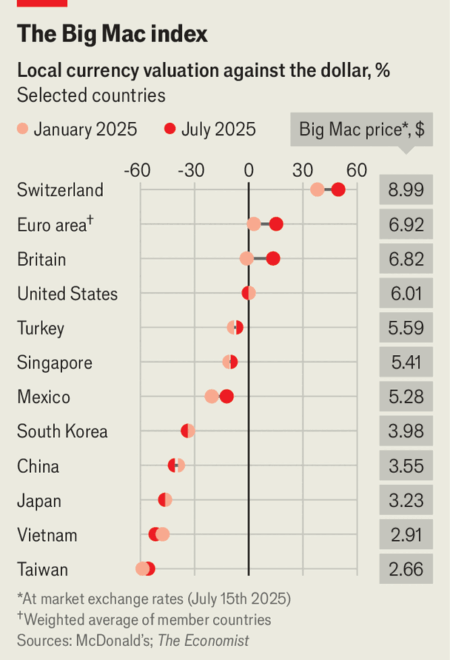The frenzy surrounding presidential betting markets in the early 20th century was unparalleled. The hustle and bustle of the trading pits in the financial district rivaled that of any stock market or bond exchange. Brokers eagerly called out bid and ask odds, treating the activity as if they were trading securities. The markets were characterized by their depth, liquidity, and intelligence. In fact, during the span of 15 presidential elections from 1884 to 1940, the favorite emerged victorious 11 times. On three occasions, the races were so closely contested that they were essentially tied in both odds and results. It was a remarkably accurate system, with only one instance where the market missed the mark.
According to economists Paul Rhode and Koleman Strumpf, the level of excitement and participation in these betting markets was truly extraordinary. People from all walks of life gathered in the financial district, eager to place their bets and engage in the fast-paced action. The dynamic nature of the markets captured the attention of both seasoned traders and casual observers, making it a popular pastime during the early decades of the 20th century.
The success of the presidential betting markets can be attributed to their efficiency and accuracy. Unlike traditional forms of gambling, such as horse racing or sports betting, these markets were based on concrete information and analysis. Traders closely followed political developments, speeches, and public opinion polls to inform their decisions. As a result, the odds offered in the markets were highly reflective of the prevailing sentiment and expectations surrounding each election.
The reliability of the betting markets as a predictor of election outcomes was a testament to the collective wisdom of the participants. By aggregating information and opinions from a diverse range of traders, the markets were able to distill complex political dynamics into simple and actionable odds. This decentralized and bottom-up approach to forecasting was a stark departure from traditional polling methods, which often suffered from bias, sampling errors, and other forms of statistical noise.
The success of the presidential betting markets also highlighted the potential for financial innovation in the realm of political forecasting. By harnessing the power of markets, economists and traders were able to develop a sophisticated and reliable tool for predicting election outcomes. The principles and methodologies that underpinned these markets could be applied to a wide range of other forecasting tasks, from sports betting to weather prediction.
Despite their success and popularity, the presidential betting markets eventually fell out of favor in the mid-20th century. The rise of modern polling techniques, along with changing attitudes towards gambling and speculation, led to a decline in interest and participation in these markets. Today, the once-thriving trading pits in the financial district have been replaced by sleek online platforms and algorithmic trading systems.
However, the legacy of the presidential betting markets lives on in the field of political forecasting. The principles of market-based prediction have been embraced by researchers and analysts seeking to improve the accuracy and reliability of election forecasts. By incorporating market-derived probabilities and insights into their models, forecasters are able to generate more nuanced and robust predictions.
In conclusion, the presidential betting markets of the early 20th century represented a unique and innovative approach to political forecasting. By harnessing the collective wisdom of traders and analysts, these markets were able to accurately predict election outcomes with remarkable consistency. Though they have faded into obscurity, their legacy continues to inform and inspire advancements in the field of forecasting.

